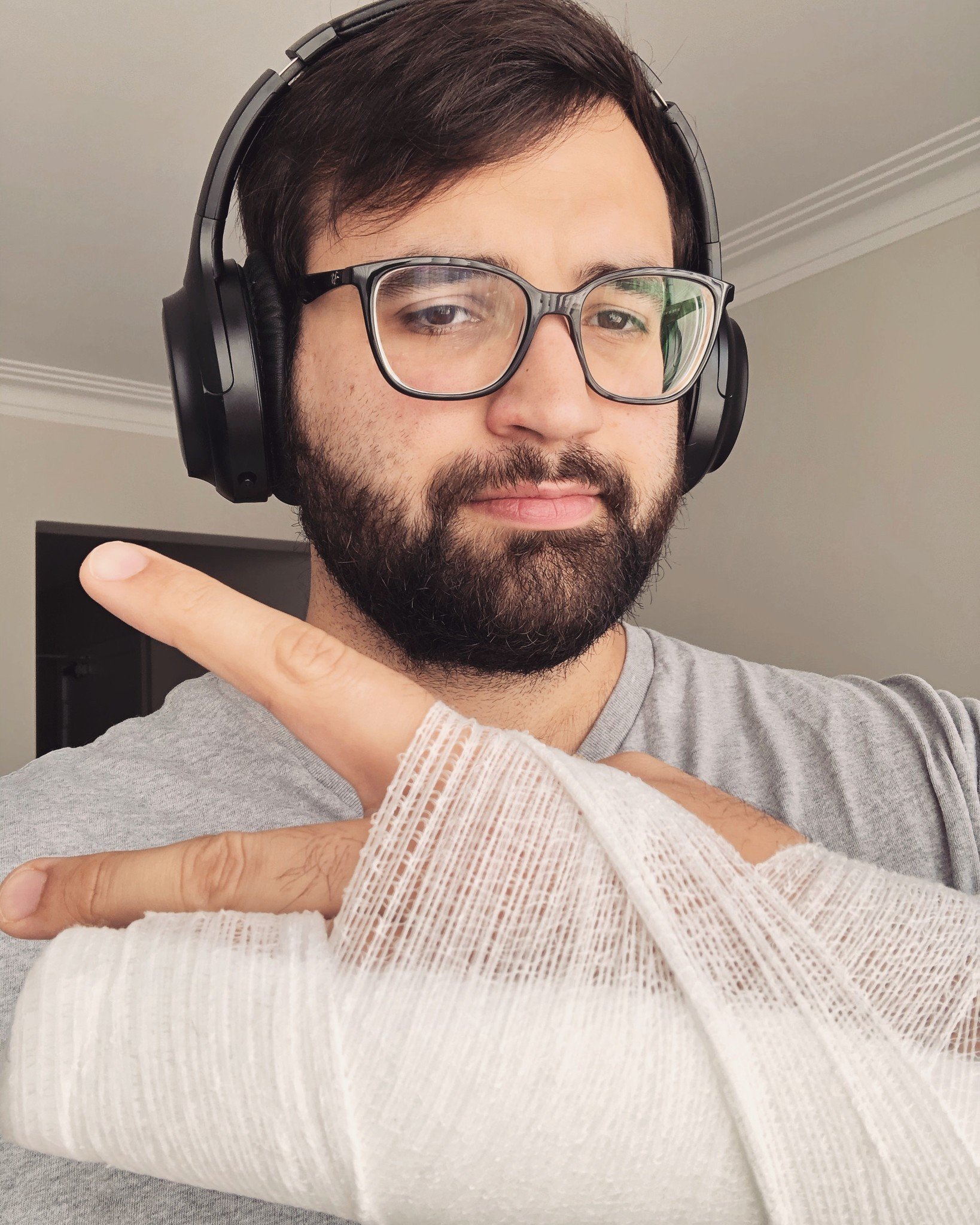Voice Control: When technology becomes more accessible everyone wins

As someone without a disability, I rarely think about how I use my technology. When I sit down to write an article on my iMac, I simply just start typing without a single thought. When I get a text message on my iPhone, I pick it up and respond immediately without any trouble; however, not everyone is so fortunate. There are a ton of people with disabilities who don't have the luxury of doing things as simply as people without disabilities such as myself, and this can cause using everyday technology — like an iPhone or Mac — to be difficult.
Recently, I broke my pinky finger on my left hand and required surgery (which I had about a month ago) and physical rehab (which I'm still going through) to correct. I went from having a partial cast to a full cast and then having a splint. During this time, I have been using iOS 13's Voice Control feature heavily and have very quickly come to appreciate that Apple has developed such a great accessibility feature.
A few things before I get started
I am by no means saying that I understand what it is like to have serious physical limitations. My injury was pretty minor, and it wasn't on my dominant hand —all things considered, I'm very fortunate. This is simply my personal experience using Voice Control while finger has been healing, and my thoughts on how it has been helping me to do my job and interact with the technology I use every day.
A injury that caused a few minor problems
Dodgeball is a much more dangerous sport than I realized until about a month ago when an absolute rocket-powered throw from an opponent hit me square in the little finger. After about ten minutes of swearing and shouting in pain, I managed to get myself to the hospital for x-rays —sure enough, my pinky finger was broken. After being informed I would need surgery, the doctor at the Urgent Care center wrapped me up in a partial cast (as seen in the photo to the right), which immobilized my ring and little finger on my left hand and set me up with an appointment to see a surgeon.
I woke up the next day and got through my morning routine without too much of a hassle, and I sat down at my MacBook Air to start my workday, and that's when it hit me. I type for a living. Sure, I still had eight useable fingers and complete unrestricted use of my dominant hand, but typing was not easy with the cast blocking my left hand from really reaching the keys. I felt like I was in middle school again, learning how to type by pecking away at the keyboard with my fingers one at a time. It was slow and frustrating, and I quickly searched for something that would help.
Voice Control made things easier for me
When Apple announced Voice Control for iOS 13, they showed it off in an impressive video (view below), and immediately I thought that it was one of the coolest and most necessary features Apple had announced in years. A feature like this is so important for people who have physical limitations, and little did I know, just how much I would rely on Voice Control while dealing with my injury.
Voice Control does work like Apple showed off in its video. You can say "Open Photos," and the app will open. Ask your Mac to show numbers, and numbers will appear on-screen labeling all the clickable items. This isn't Siri or dictation; it's better. Voice Control is a way to completely control your iPhone and iMac with your voice.
iMore offers spot-on advice and guidance from our team of experts, with decades of Apple device experience to lean on. Learn more with iMore!
How to use Voice Control on iPhone and iPad
When it comes to using Voice Control on Mac for me, I mostly used it to type. With Voice Control on, I could open any text field and just start talking. Just like dictation, this does come with the need to be very precise in what you're saying —including punctuation — but going back and editing text was also a breeze. Having full use of my right hand made it easy to select the text or move my cursor around using a mouse, but once I got used to it, I found myself using Voice Control to edit the text as well.
Voice Control on iPhone helped me multitask
Currently, my main phone is iPhone X, which is small enough to use one-handed for me, but very quickly realized just how often I would put my iPhone in my left hand in my day-to-day life. My cast and now my splint make it super difficult to hold my iPhone in my left hand securely, which made multi-tasking pretty difficult. While cooking, cleaning, or doing other household activities, I usually can comfortably still interact with my phone in my left hand, but with that ability comprised recently, Voice Control helped me a lot.
Typing text messages, scrolling through webpages, changing settings on the fly, all became much easier with Voice Control because I no longer even needed to touch my Phone to do any of it.
For example, while cooking and following a recipe on my iPhone — something I often do — I could simply tell my iPhone "swipe up" to scroll down the page and read the next step. This is just one of the many instances that helped me when my right hand was preoccupied
Accessibility matters
It's far too easy as a person without a disability to take for granted the everyday things in life. I never had to think about how I was going to use my iPhone or Mac before, but as I stated before, that's not a reality for a lot of people.
Being able to interact with the technology around, you can be a matter of life and death — seriously. Staying connected is important for everyone and it's great to see Apple developing such great tools for people who need them. Well, I can't speak for anyone but myself, Voice Control has been a miracle worker for me while I have been recovering from my injury.
The best part about companies started to think about Accessibility first is it benefits everyone. You never know when you might be in a tough situation. We're all human and can break bones, get sick, or a plethora of other crazy circumstances can happen that can change our lives forever. As a society, we are increasingly dependant on the technology in our pockets and at our fingertips, and everyone should take an interest in seeing that that technology can be used by everyone, no matter what.

Luke Filipowicz has been a writer at iMore, covering Apple for nearly a decade now. He writes a lot about Apple Watch and iPad but covers the iPhone and Mac as well. He often describes himself as an "Apple user on a budget" and firmly believes that great technology can be affordable if you know where to look. Luke also heads up the iMore Show — a weekly podcast focusing on Apple news, rumors, and products but likes to have some fun along the way.
Luke knows he spends more time on Twitter than he probably should, so feel free to follow him or give him a shout on social media @LukeFilipowicz.


